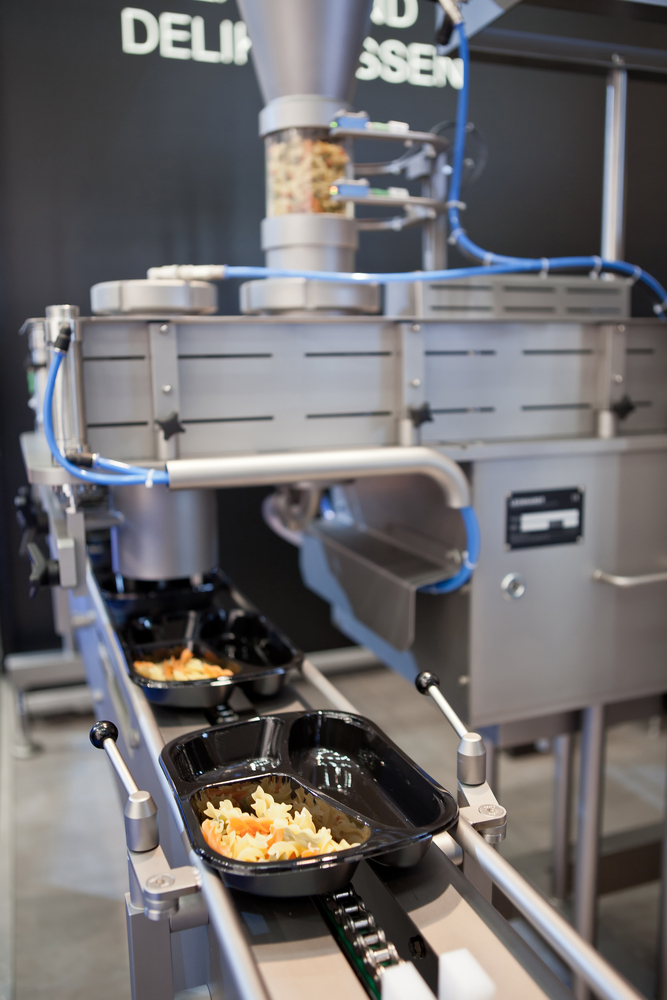Wiley shares five key considerations for companies manufacturing prepared meals.
Persistent demand from health and cost-conscious, time-scarce customers is continuing to drive growth in the Australian ready meals sector. Recent reports show the current value sales of ready meals in Australia are projected to grow steadily upwards. Now more than ever, it is imperative that manufacturers of these hot ticket products are plotting out the optimal course for the future of their operations.
1. Start with a blank canvas
When planning for a new facility, give serious consideration to a greenfield site over a brownfield site wherever possible, to provide more flexibility and satisfy the inherent complexities of the different processes that make up your ready meals facility.
2. Get to know thyself
The single most important key to saving time and money in the later stages of any project is doing as much investigatory work as you can as early in the project process. Be clear and let your design be enhanced and evolved by knowing exactly what you need now and as far into the future as you can effectively plan by conducting discovery workshops with all stakeholders.
Identify and agree on your business and project needs to ensure that the detailed design precedes construction and caters for critical project delivery outcomes. For example, clearly defining the deadlines for product launch will allow for programming adequate time for the commissioning and testing of your equipment and product.
This information will minimise last minute changes that can add significant time and cost to the project. Furthermore, it allows for more complete sub-contract scopes of work, which provides more control over budget and variations.
3. Master your plan
Future-proof your facility by engaging in master planning. Take an eagle eye view of your operation to accommodate for growth over time and successfully meet increased demand and technological advances. This includes building in flexibility for expansion or modifications to processes as the products vary over time or seasonally to suit the demands of the consumers.
From a retail perspective, manufacturers looking to compete for shelf space in the big supermarkets need to plan and design their facilities and products to meet these retail giants’ stringent production and food safety requirements. This is critical given the fact that these big retailers are currently holding a magnifying glass over their supplier lists, in search of new and innovative brands serving on-trend consumer tastes, such as organic and low-GI food.
Also, consider the importance of building in more than just the process necessary to produce your product. Can your design accommodate quality assurance laboratories to track shelf life or research & development and test kitchen facilities? This is vital if you are exporting and are required to meet international standards.
4. How many cooks in your kitchen?
Ready meals facilities involve a wide range of food preparation processes. Therefore, it is important to identify the cooking processes and equipment early and obtain the most accurate information from the suppliers in terms of configuration, services requirements, location of connections, specific ventilation requirements and output volumes to assist with the design of services and layout to accommodate all aspects.
This information will also address contamination risk by defining the segregation of staff hygiene levels for Low Risk (pre-cooked/raw) and High Risk (cooked) materials, as well as access and traffic flow for engineering, process line and administration employees.
5. Let it flow, let it flow
Materials and product flows need close scrutiny early in the project concept phase to ensure that time and space is not wasted during the construction and operational phase. Product should flow through the facility from receivals through preparation, processing, cooking, chilling, assembly, packaging and distribution as an orderly, efficient operation.
Also, take this time to coordinate product flow paths, personnel access and egress to optimise integration, mitigate conflicts and maintaining crucial hygiene segregation of products, packing materials, waste and people.
Ready meals are firmly set as a cornerstone of the modern eating experience, the days of frozen pizza and pasta as the only options are far behind us. The increasingly fierce challenge for manufacturers is to develop innovative, nutritious and delicious meals of the highest quality that can be prepared with minimal fuss and time. So the big question is… how ready is your ready meals facility to accept this challenge?



